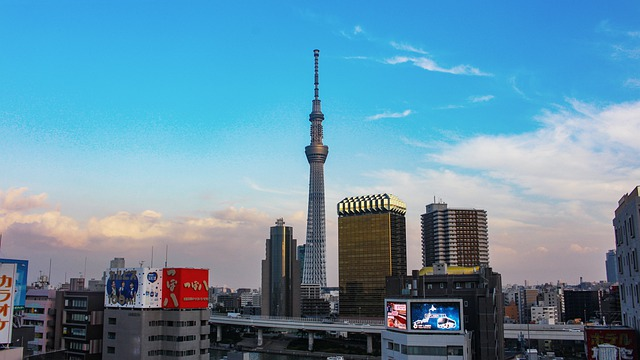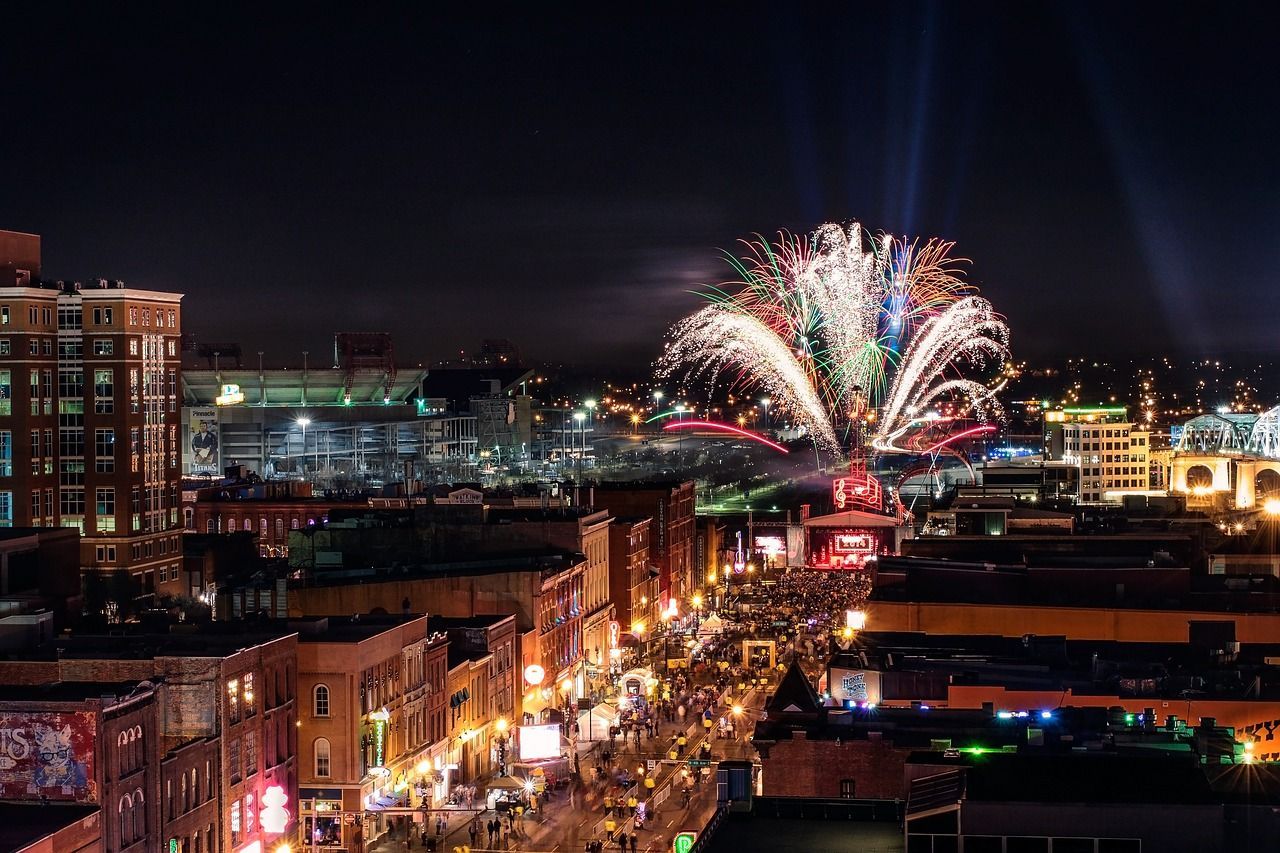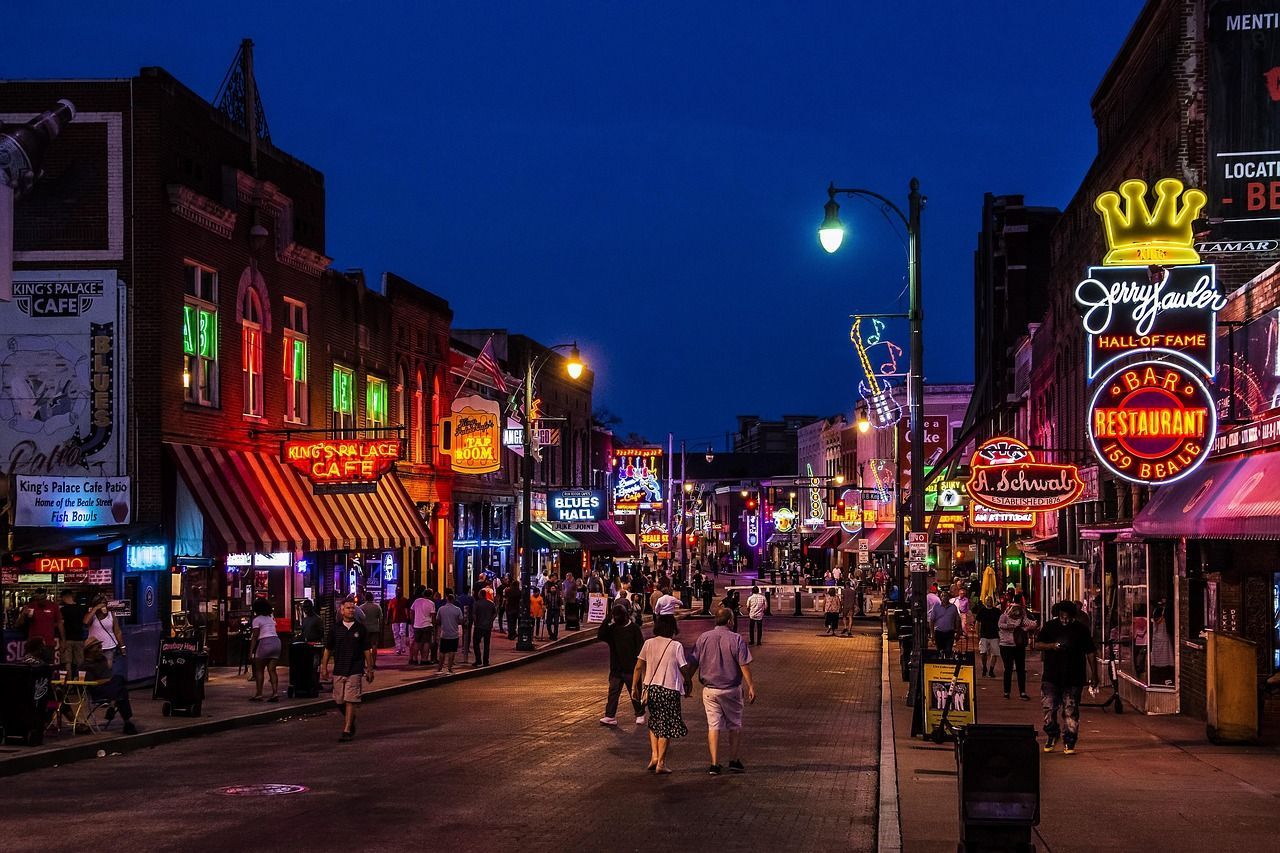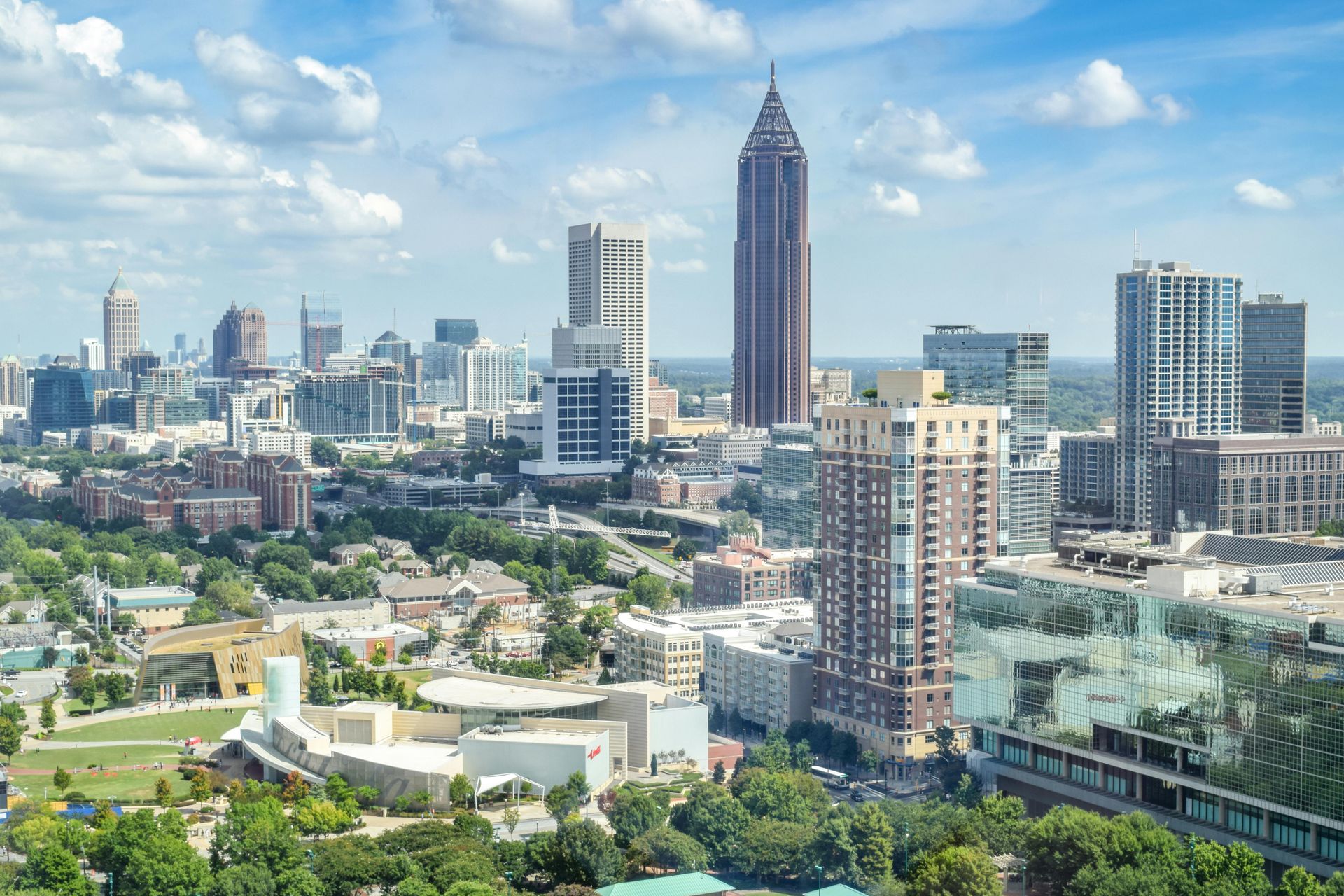As far as dream destinations go, Tokyo tops a lot of people’s lists. From the vibrant history and culture to cutting edge innovations and scifi-esque locales, the sheer diversity of Tokyo ensures a thrilling trip.
There’s tons to see and do in the packed city, so picking what to prioritise can be tricky.
That’s why I’ve narrowed it down to the 10 best things to do in Tokyo, to make planning your itinerary a breeze.
These 10 attractions will give you the perfect introduction to everything Japan’s capital has to offer.
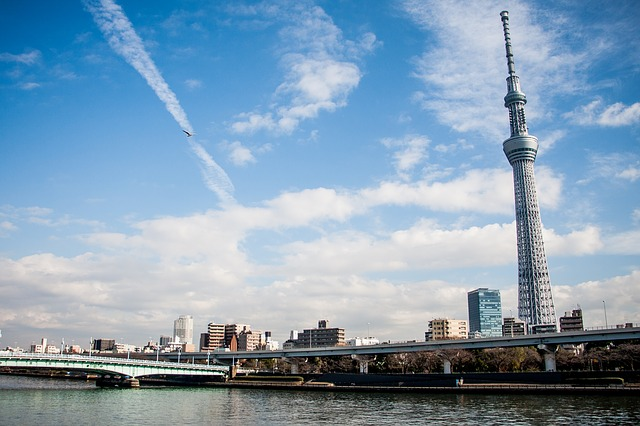
Tokyo At A Glance
With a population approaching 38,000,000 people, Tokyo is the most populated city in the world. With an average population density of around 6,158 people per square kilometre, Tokyo has become known for its compact housing and space saving innovations.
Founded as a fishing village by the Edo family at least as far back as the 12th century, Tokyo is rife with history and culture. It was designated as the new Japanese capital city in the mid-19th century, at which time its name was changed to Tokyo, literally meaning ‘Eastern Capital’.
After struggling to recover from WW2, Japan’s economy finally took off in a big way in the ‘70s. The impressive developments of the following decades cemented Tokyo as a world centre for technological advancement.
A hub of history, tradition, innovation, and media, Tokyo is hugely popular with travellers.
With new developments and attractions constantly springing up, and hosting world events such as the 2020 Olympics, interest in visiting Tokyo only continues to grow amongst the global tourist population.

Best Time To Visit Tokyo
Tokyo’s climate is conveniently mild, with balmy summers and comfortable winters. Late summer is the best time to visit Tokyo for most people, as it typically boasts the best weather.
By then, the rainy season should have passed leaving you to enjoy the warmer temperatures in peace.
If you want to catch the cherry blossoms in bloom though, then you’ll need to plan your visit for around March or April. The exact time that they’ll appear changes every year, so keep an eye on one of the helpful trackers to get the best estimation.
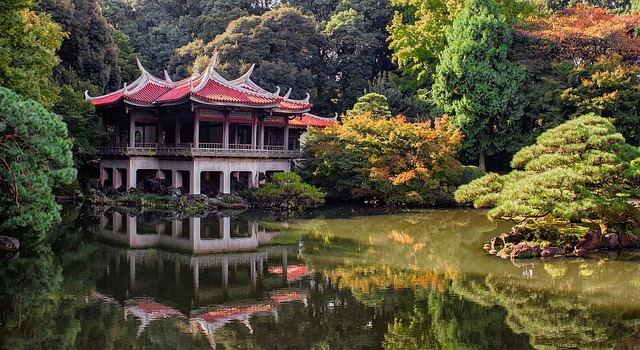
Best Things To Do In Tokyo
Now to get into the 10 best things to do in Tokyo. I’ve given you a mix of historic sites, contemporary attractions, and laid-back experiences, so you can really get a good feel for the city and have plenty to see, no matter what your tastes or interests may be.
Soak Up The Atmosphere Of Sensoji Temple
Dating back to the 7th century, Sensoji is the oldest Buddhist temple in Tokyo. Of course, there have been numerous expansions and renovations over the centuries, but the historic atmosphere is undeniable.
Although the main temple is Buddhist, it is surrounded by smaller Shinto shrines too.
The Kaminarimon gate at the southern entrance to the temple is one of the most iconic symbols of Tokyo. The massive lantern flanked by two intimidating god statues is a fitting introduction to such a significant site.
Between the Kaminarimon Gate and the temple proper is the Nakamise shopping street. The quaint avenue is lined with wooden stalls selling traditional street-food and various trinkets. It’s the perfect place to pick up souvenirs, with tons of traditional items on offer.
Once you get to the temple, you are welcome to take part in the traditional prayer practice. Stop by the purification fountain before approaching the main alter. You’ll notice people clapping and bowing before ringing the temple bell.
Don’t worry, there are diagrams posted to help instruct you on the correct order of things. Sensoji is dedicated to the Goddess of Mercy, so she should forgive you if you don’t get it right first time.
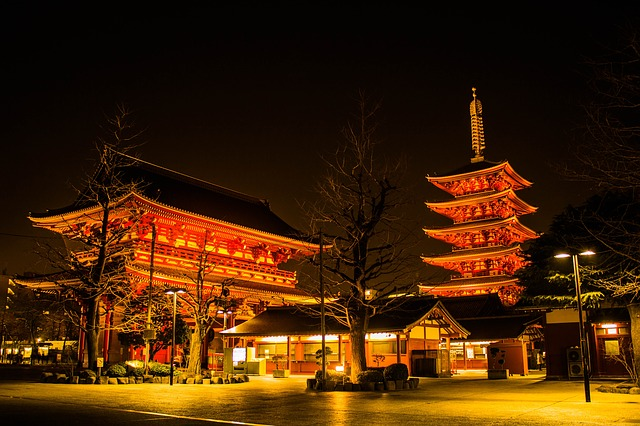
Explore Ueno Park
There are tons of lovely parks scattered throughout Tokyo, yet few are so packed with things to see and do as Ueno. You can spend hours exploring the various museums, shrines, and monuments throughout the park.
The Tokyo National Museum dominates the north end of the park. Right next door you have the National Museum of Nature and Science, along with the Metropolitan Art Museum. Ueno Zoo is then located just behind the art museum.
If museums aren’t your thing, seek out the various temples and shrines instead. Make a point to find Ueno Toshogu Shrine, which is heavily covered in gold leaf. Further south, the Hanazono Inari-jinja Shrine is approached by a stairway lined with traditional torii gates.
There’s even a stunning Buddhist temple located right in the middle of a lotus pond. The clear lake just behind the temple is great place to hire a boat and drift along the water on a warm day.
Alternatively, if you just want somewhere to sit on the grass and enjoy a picnic, there’s plenty of space for that too. You’ll find various food stalls dotted around the park, where you can try traditional local snacks from steamed buns to freshly grilled dango.
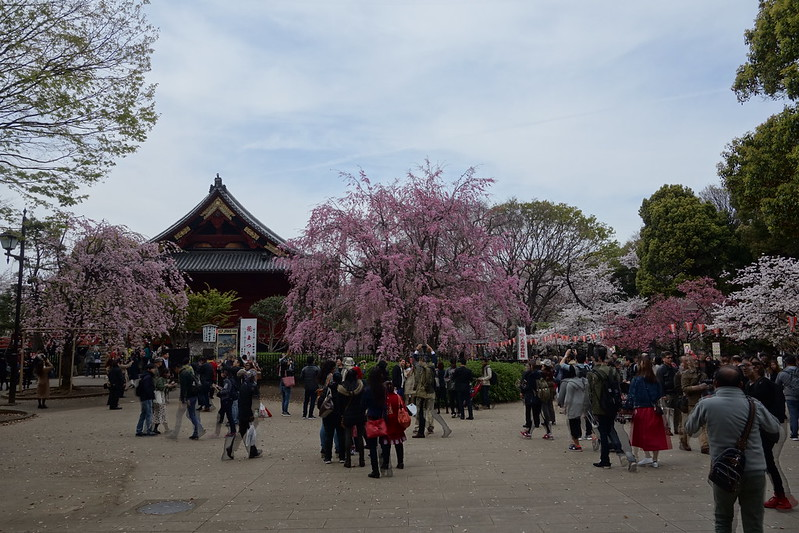
Discover The Legends Of Gotokuji Temple And Imado Shrine
If you go into any east Asian shop or restaurant, you are likely to notice a statue of a cat with one raised paw somewhere around the premises.
Known as Maneki-Neko, which translates as ‘Beckoning Cat’, these statues are believed to welcome good luck and fortune to businesses which display them.
The exact history of the traditional figures is sketchy, but both Gotokuji Temple and Imado Shrine boast their own legends claiming themselves as the original home of the Lucky Cat.
Both shrines are home to a large collection of the ceramic cats, along with their real-life counterparts. Spotting one of the real cats wandering about during your visit is said to be a good omen.
Although the two shrines are too far apart to visit in a single outing, they’re both close enough to other attractions to slot easily into your itinerary.
Imado Shrine is just a short walk from both Sensoji Temple and Skytree. Gotokuji is a little more out of the way, but still only a few minutes from Shibuya and Meiji Jingu by metro.
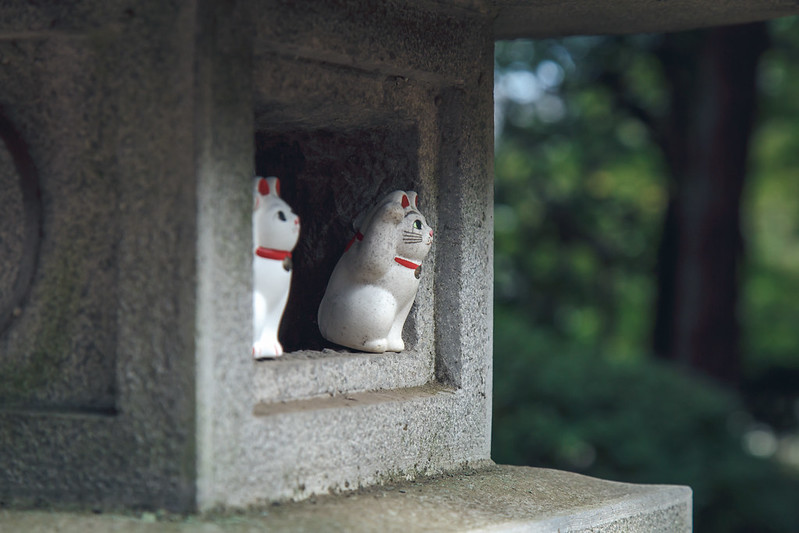
Take In The View From The Tokyo Skytree
Soaring over 2000 feet into the sky, Tokyo Skytree is currently the tallest freestanding tower in the world. As such, you won’t be surprised that the viewing platforms offer some of the best views in the city.
On a clear day you can see out as far as Mount Fuji, well beyond Tokyo’s limits. The main viewing platform is the Tembo Deck, 350 metres (1,150 feet) up. A section of the floor here is made of glass, offering a daring photo opportunity for those brave enough.
You’ll also find two cafes, a restaurant, and a gift shop here. For an additional fee, you can go up another 100 metres (330 feet) to the Tembo Galleria. Aside from providing an even better view, this also serves as an exhibition space with regularly changing displays.
At the base of the tower, the Skytree Town offers plenty to entertain even those afraid of heights. Surrounding the foot of Skytree, you will find the Solamachi Shopping Centre, the Sumida Aquarium, and the Konica Minolta Planetarium.
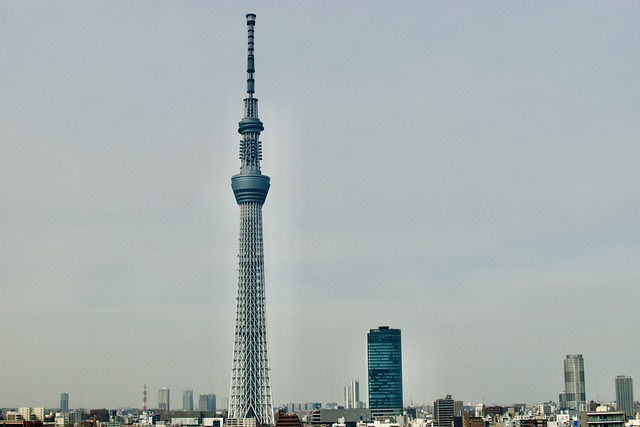
Pay A Visit To Odaiba
An artificial island built as a defence post in the 19th century, Odaiba is now one of Tokyo’s principal shopping and entertainment centres.
There are several museums and massive shopping centres packed into the trendy neighbourhood, and a massive Ferris Wheel offers exceptional views across the city.
One of the most popular attractions in Odaiba is the huge robot figure standing at the entrance to the DiverCity mall.
Fans of anime will recognise it from the hugely popular Gundam Wing. In the evening, the figure comes alive with a lengthy light show including sound effects and moving parts.
Along the waterfront there are various sights to take in. A miniature replica of the Statue of Liberty stands proud against the backdrop of the Sumida River and the Tokyo skyline. As you continue along the boardwalk you will also come across sevral artistic light installations.
Odaiba beach is a popular location to relax and sunbathe in the summer. Whilst you can’t swim here, you can enjoy a refreshing ice-cream as you relax on the sand.
Odaiba is connected to mainland Tokyo by the Rainbow Bridge. Primarily for cars and rail, the bridge also boasts a pedestrian walkway, allowing visitors to enjoy stunning views over the water.
The walkway is only open during daylight hours though, so make sure you get there before sundown.
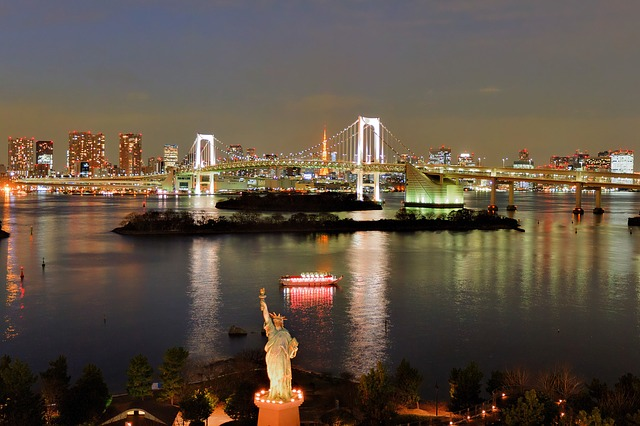
Drift Through The City On A River Cruise
Is there any more relaxing way to see a city than cruising along the river, taking in the sights along the riverbank? No, probably not. Luckily then, there are various routes and lines that operate along Tokyo’s rivers.
The one I recommend is that which runs along the Sumida River, from Asakusa to Odaiba – or the other way. It’s a convenient way to get between these two major tourist locations, without the tangle of metro interchanges you’d need to deal with otherwise.
It’s fairly speedy too. If you take one of the sleek, ultramodern Himiko boats, the trip is only around 50 minutes. Just enough time to rest your feet from all the wandering around the sights.
The Himiko boats may be a little more expensive than the regular ferries, but they boast fully glass ceilings, so you won’t struggle to see all the sights you pass by.
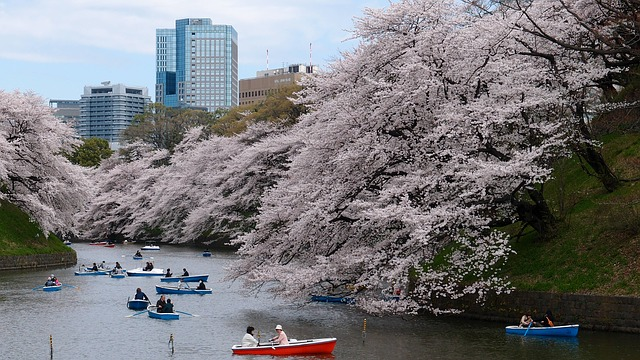
Admire Tradition At Meiji Jingu
Nestled amongst the trees at the north end of Shibuya’s Yoyogi Park is Tokyo’s best known Shinto shrine, Meiji Jingu. While the original building was destroyed during the second world war, the current complex was completed by 1958.
The approach to Meiji Jingu consists of a long pathway winding through the trees. You will walk through several torii gates and pass a wall of consecrated wine and sake barrels, before finally arriving at the main temple.
A museum, restaurant, and several cafes are also located along the path. Surrounded by lush trees and tranquil parkland, they offer a delightful environment to enjoy a break.
As an important and popular shrine, various festivals are held here throughout the year. It’s well worth checking ahead to see if any events will be taking place during your stay in Tokyo.
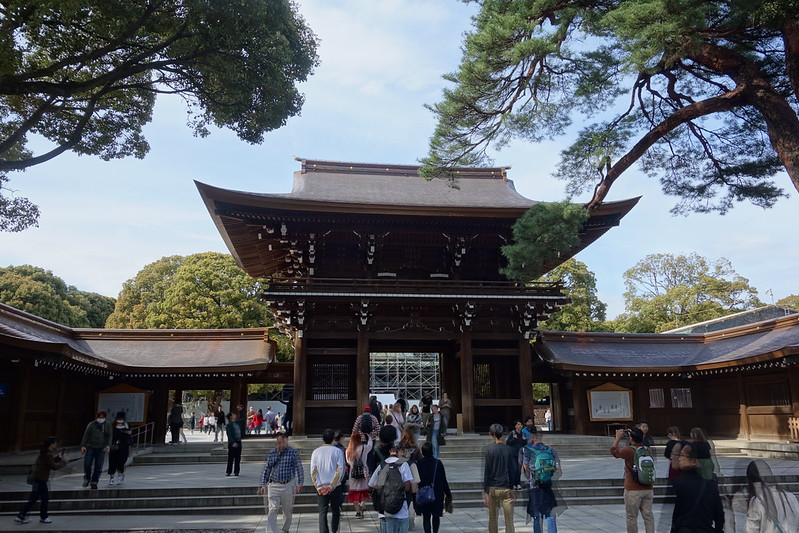
Stroll Through History In The Imperial Palace Gardens
Surrounded by a moat, right at the centre of Tokyo, you can find the Imperial Palace. As the main residence of the Japanese Emperor, the palace itself is off limits to the public. Much of the grounds and gardens, on the other hand, are open to be explored.
You enter the gardens from the north-eastern Hirakawa gate. Whilst entry is free, you will still have to queue up and take a ticket. Once inside, you are free to explore the various manicured gardens and structures.
The Imperial Palace Gardens are located on the site of the old Edo Castle. Whilst most of the castle and its various buildings have been destroyed over the centuries, some of the foundations and base structures still remain.
In addition to the ruins, there are also old guardhouses, bamboo groves, and an elegant tea-house. A small shop in the centre of the gardens offers souvenirs and refreshments.
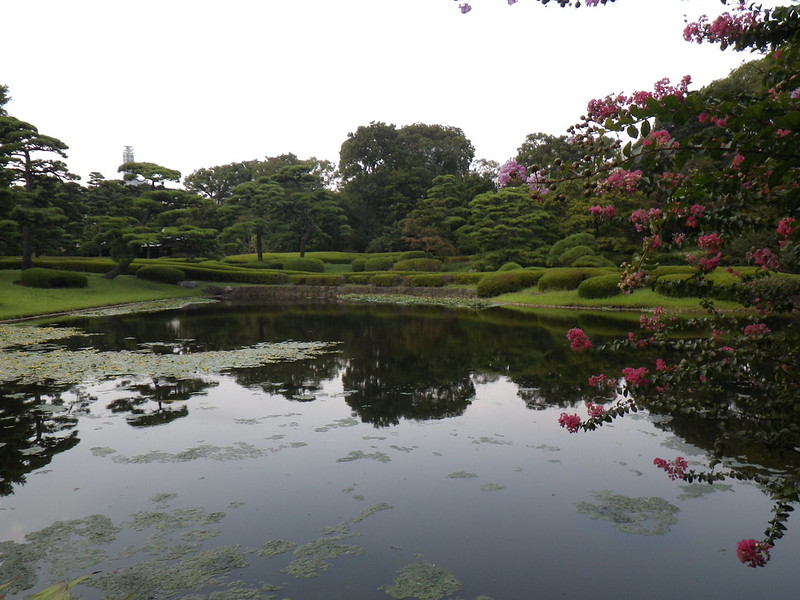
Release Your Inner Nerd In Akihabara
Known as Electric Town, for decades Akihabara has been the place to go to find niche electronics and tech. Over the years, that niche has grown into a hub for fans of anime, gaming, and general otaku culture.
If you were drawn to visit Tokyo for its nerd subculture, you won’t want to skip Akihabara.
The buildings surrounding the main intersection are splashed with bold colours and plastered with billboards for upcoming games and movies.
The stores themselves are crammed with anime and manga merchandise, collectibles, and old-school electronics in pristine condition.
Even if you don’t care for anime, manga, or gaming, you can still enjoy the unique cultural offerings of Akihabara. If you are interested in visiting a Maid Café, Akihabara has plenty.
Tokyo’s arcade culture still thrives here and there are rows upon rows of gacha machines lining the streets.
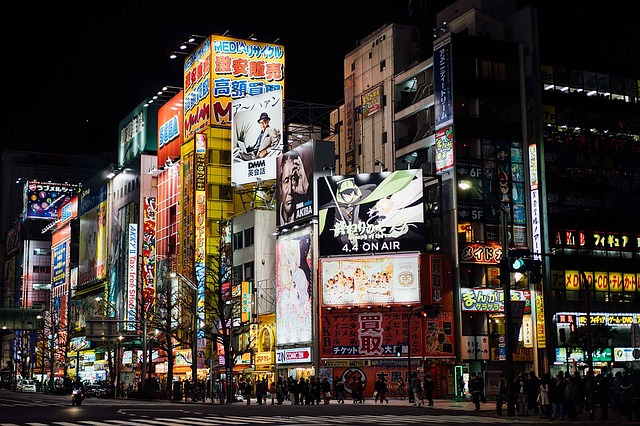
Strut Your Stuff In Harajuku
For decades now, Harajuku has been the centre of Tokyo’s alternative street fashion scene. The weekends especially see the area packed with fashionistas flaunting their unique senses of style.
The bustling heart of Harajuku is Takeshita Street. 400 metres (1,313 feet) of quirky boutiques, well known chain stores, and colourful cafes.
It is also home to Daiso’s flagship store. The iconic 100 yen store is the perfect place to pick up some super affordable snacks and souvenirs.
A popular tradition when visiting Harajuku is to enjoy a crepe from one of the many stalls. They come in all kinds of flavours, including cheesecake-stuffed.
The lines can get ridiculously long though, so, if you’re not that fond of crepes, maybe try the adorable character ice-creams on offer instead.
Being such a hugely iconic location, Takeshita street gets incredibly crowded. Over time, a lot of the authentic boutiques have been pushed out by more tourist friendly shops too.
Personally, I’d recommend spending a short time taking in the famous Takeshita street and dedicate more to exploring the quieter backstreets of Harajuku.
The eponymously named Harajuku Street is populated with coffeeshops offering 3d latte art, vintage boutiques, and some wonderfully creative storefronts.
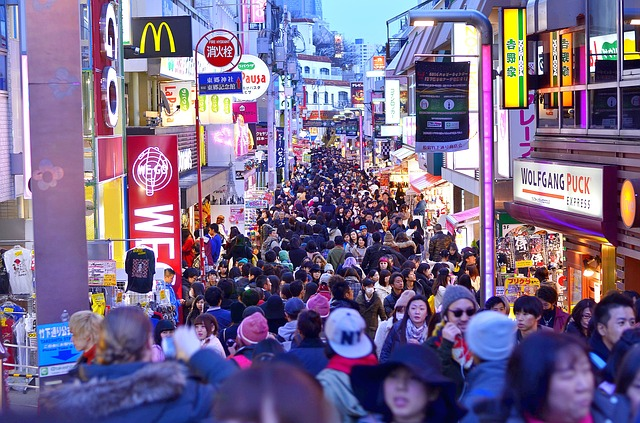
Best Hotel To Stay At In Tokyo – The Peninsula Tokyo
Located in the fashionable Ginza district, with views across to the Imperial Palace Gardens, The Peninsula Tokyo is the pinnacle of sophisticated luxury. The stylish, 5-star hotel seamlessly blends contemporary style with natural elements, to create a faultless elegance.
The rooms are all spacious and comfortable. Floor to ceiling windows keep them light and airy, whilst blackout blinds ensure maximum privacy and uninterrupted rest. Each room has a personal, adjustable thermostat, so you can keep it at your preferred temperature.
Plasma televisions and high-speed wireless internet are standard. Each room has a fully stocked minibar and tea and coffee making facilities. Room service is also available 24-hours a day.
All rooms include a walk-in closet and dressing room, plus spacious bathrooms boasting luxurious bathtubs, in addition to sleek, glass-cubicle showers. The bathrooms are also equipped with flatscreen television, to provide maximum relaxation.
Guests can even enjoy the use of a well-equipped fitness centre, a beautiful, indoor pool area, and all of the onsite spa facilities.
No one will go hungry with six onsite restaurants and two cafes to choose from. If you just want somewhere to relax in style, the Peter bar on the 24th floor offers exquisite cocktails with stunning views.
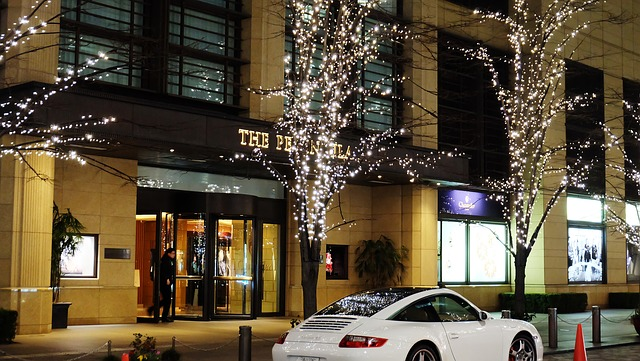
Conclusion
That concludes our list of the 10 best things to do in Tokyo. While this list only scratches the surface of all there is to enjoy in Tokyo, it should give you plenty to fill out a dream travel itinerary.
No matter how long you are able to stay in the city, you are sure to have a blast discovering all its little quirks. That means starting to get things booked as soon as possible will allow you to look forward to experiencing it all for yourself in the very near future.
